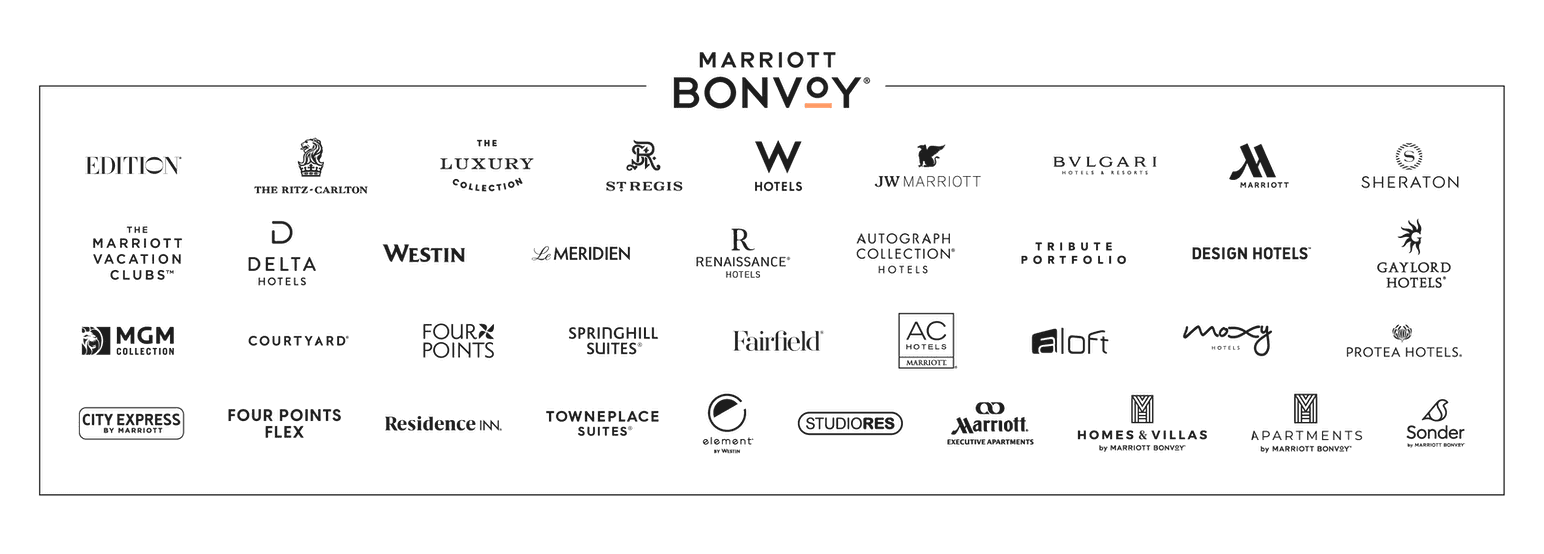Is Your Event Too Loud?
You want your event to have a lasting impact. But you don’t want that impact to be on your attendees’ hearing.
Noise-induced hearing loss isn’t limited to people who work with heavy machinery. Repeated or extended exposure to sounds above 85 decibels can cause hearing loss—and given that many sporting events and concerts register at 110 decibels, that’s not a high threshold.
According to the American Speech-Language-Hearing Association, more than a billion young people are at risk of irreversible hearing damage, in part because of noisy events. But hearing loss aside, too-loud events can also trigger sensory disorders—and can be just plain unpleasant.
“Not all ears are created equal,” says Kayla Johnstone, senior director of project management at Encore, an event experience organization. “Hearing can be a subjective experience and can vary not just person to person but also vary on where a person physically is within a space.”
Protect your attendees’ well-being by reading our guidance on communicating about audio needs, and top-level tips on what to look for.
Listen Up: Communicating Clearly Now Can Prevent Audio Issues Later
You’ve devoted yourself to understanding your attendees’ needs. If you’re stopping short of considering what they need aurally, you’re not considering the full scope.
“It all starts with communication with the attendee,” Johnstone says. This can include assessing attendee needs by giving them opportunities during registration to specify preferences or requests, alerting them of any particularly loud programming, and identifying resources you have on hand for people with sensitive audio needs.
Resources Johnstone identified include noise-canceling headphones, designated quiet zones, and flexible seating arrangements that allow participants to enjoy programming while finding the level of stimulation that’s best for them. Low-sensory environments can satisfy a variety of needs: a space for attendees who desire quieter surroundings, closed-captioned programming, and an overflow room for plenary sessions.
She also advises that meeting planners consider the full scope of potential sensitivities when offering alternatives, pointing to the example of silent disco experiences, in which attendees listen to sound through headphones so they can adjust according to their needs. “That’s not a one-size-fits-all solution—some people can experience discomfort when it comes to touch, which needs to be considered,” she says.
Once you understand the attendees’ concerns, it’s time to communicate with audio technicians. Let your audio team know not just the content of each segment, but the intent behind it. Is the keynote meant to kick off an energetic networking session? Or is it a more somber event meant to ground attendees in fulfilling an organizational mission? Skilled technicians can ensure that the volume matches the mood you’re hoping to evoke at each point.
And don’t skimp on prep time. “Rehearsals and cue-to-cue sessions are crucial for fine-tuning the audio setup, allowing technicians to perfect the balance and energy needed to support the content and atmosphere,” Johnstone says.
As you connect with the audio team, be specific and timely. You don’t have to know exactly what to ask a technician to execute, but the better you can communicate the desired effect—or what undesirable effect is hampering the moment—the better the solution will be. When communicating with the tech team, know whether the issue is general or specific to one part of the space to help them diagnose and fix the problem quickly.

What Makes a Successful Audio Experience?
Balancing the need to create an energetic environment with protecting attendees’ hearing doesn’t mean keeping the volume at a bare minimum. “Loud audio is safe in small durations and can be used intermittently throughout a program for moments of impact and high energy,” Johnstone says. “This should be spaced out with moments of lower audio levels to create a dynamic environment while minimizing any harmful effects of constant exposure to loud sounds.”
Go into your tech check-ins understanding that the audio experience isn’t just about volume. It’s also about space. What sort of sound-absorbing elements are in the room? What microphone system is best for the space and the programming? What speaker layout is going to yield the desired effect? Are you able to use delay speakers to evenly distribute sound throughout the room?
“Without delay speakers, attendees at the back may struggle to hear, while those in the front rows could be overwhelmed by the volume,” Johnstone says. Your tech team will guide you to the right choice, but to help them do that, come to your sessions with them equipped with knowledge about your event.
In a world where loud is proud, finding the right volume at your event is as important as finding the right DJ for the after-party. Focus on kicking your communication skills up to 11 and you’ll be in the right groove.


The following brands do not participate in Marriott Bonvoy™ Events: Design Hotels, Marriott Executive Apartments, Residence Inn, TownePlace Suites, StudioRes, Bulgari Hotels & Resorts, The St. Regis Residence Club, The Phoenician Residences, a Luxury Collection Residence Club, Scottsdale, The Ritz-Carlton Club, The Ritz-Carlton Yacht Collection, and Homes & Villas by Marriott Bonvoy. For a full list of participating and non-participating brands, please click here.